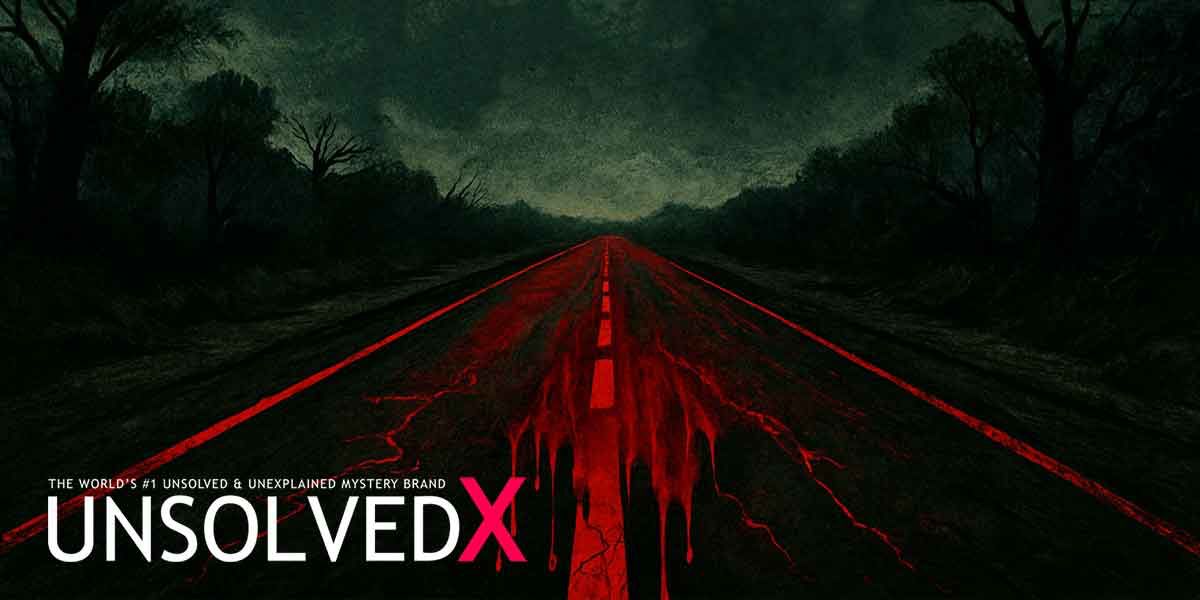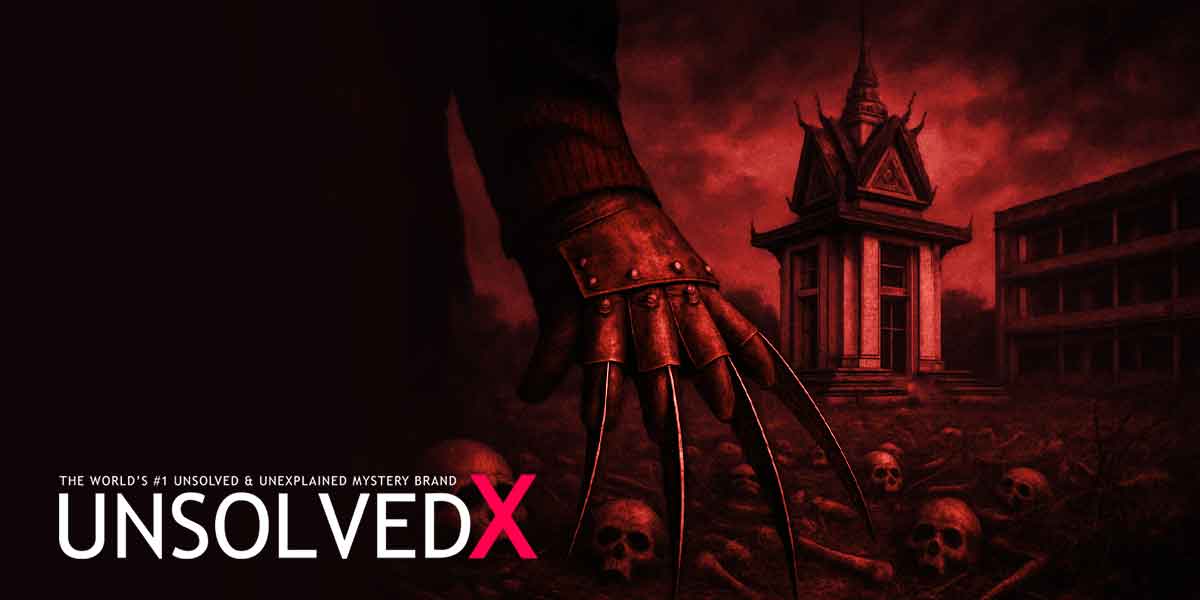The Backpacker Murders Unfold in Belanglo
In the early 1990s, Australia was gripped by fear as the bodies of seven backpackers were discovered in the Belanglo State Forest, a sprawling, rugged expanse 85 miles south of Sydney. The victims, aged 19 to 22, were young travelers from Britain, Germany, and Australia, all brutally killed between 1989 and 1992. Ivan Milat, a road worker with a troubled past, was convicted in 1996 for these heinous crimes, dubbed the “Backpacker Murders.” His methods were chilling: he lured hitchhikers, often offering rides, only to lead them to their deaths in the remote forest. The murders were marked by extreme violence—stabbings, shootings, and beatings, with one victim, Anja Habschied, decapitated. Milat’s familiarity with Belanglo, where he had worked and hunted, made it his perfect killing ground. The Sydney Morning Herald detailed the gruesome discoveries, noting how runners stumbled upon the first bodies in 1992, sparking a nationwide manhunt.
The case gained international notoriety, not only for its brutality but also for its connection to the 2005 horror film Wolf Creek, directed by Greg McLean. The film’s sadistic antagonist, Mick Taylor, draws heavily from Milat’s crimes, blending them with elements of another Australian killer, Bradley John Murdoch. McLean himself admitted in an interview with Starburst Magazine that Milat’s and Murdoch’s cases shaped the film’s narrative, though the story was fictionalized. The real-life horror of Milat’s actions, however, left a lasting scar on Australia’s psyche, with Belanglo becoming synonymous with terror.
A Trail of Evidence and a Survivor’s Courage
Milat’s capture hinged on a critical breakthrough provided by Paul Onions, a British backpacker who narrowly escaped death in 1990. Onions was hitchhiking near Belanglo when Milat, driving a Nissan truck, picked him up. Sensing danger as Milat pulled a gun, Onions fled, later providing police with a detailed description of his assailant. This tip, reported by The Guardian, proved pivotal when police raided Milat’s Sydney home in 1994, uncovering firearms linked to the murders and camping gear stolen from victims. The evidence was overwhelming, despite Milat’s persistent claims of innocence, as recorded in a 2004 Australian Broadcasting Commission interview.
The investigation revealed Milat’s predatory tactics. He targeted vulnerable travelers, often young foreigners unfamiliar with the area, exploiting their trust. Forensic evidence painted a grim picture: Joanne Walters was stabbed repeatedly, Caroline Clarke was shot ten times, and Deborah Everist’s skull was fractured from brutal beatings, as documented by The Herald Sun. Police suspected Milat didn’t act alone, with theories pointing to his brother Richard or even a sister as possible accomplices, though no definitive proof emerged, according to thought.is. The mystery of potential unconfirmed victims lingers, with police linking Milat to disappearances dating back to the 1970s, a haunting uncertainty that keeps the case alive in public interest.
A Legacy of Fear and Unanswered Questions
Milat’s conviction in 1996 brought seven life sentences, served in Goulburn’s maximum-security prison until his death from cancer in 2019 at age 74. Yet, he never confessed, leaving gaps in the story that continue to fuel speculation. Authorities believe Milat may be responsible for additional murders, with ABC reporting in 2015 that three women missing since the 1970s could be linked to him. His great-nephew, Matthew Milat, eerily echoed his crimes in 2010, murdering a friend in Belanglo with an axe, a case covered by The Sydney Morning Herald, reinforcing the family’s dark legacy.
The Backpacker Murders resonate with other infamous serial killers like Ted Bundy, who also preyed on vulnerable travelers, and Gary Ridgway, whose methodical killings of marginalized women mirror Milat’s targeting of hitchhikers. Unlike Jack the Ripper, whose identity remains unknown, or John Wayne Gacy, who hid behind a community persona, Milat’s crimes were starkly isolated to Belanglo’s wilderness, amplifying their terror. For those intrigued by the case, visiting Belanglo State Forest, now a site for camping and 4WD trails, offers a chilling glimpse into the past, though caution is advised. The unsolved elements of Milat’s spree ensure his name endures, a grim reminder of the dangers lurking on open roads.










Comments
Comments section coming soon!